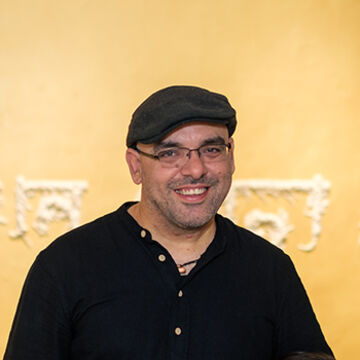

Shaurya Kumar
Professor
Contact
Bio
Chair of Faculty (2021-); Chair of Printmedia (2019-2021); Director of Diversity, Equity and Inclusion (sept 2022- dec 2023).
Education: BFA, 2002, College of Art, New Delhi, India; MFA, 2007, University of Tennessee, Knoxville, TN.
Exhibitions: Lakeeren Gallery, Mumbai; Dr. Bhau Daji Lad Museum, Mumbai; Seoul Museum of Art, Seoul; Queens Museum of Art, NYC; Sundaram Tagore NYC; AICON Gallery, NYC; Gallery Threshold, Delhi, India; SCA Contemporary, Albuquerque; Los Angeles Center for Digital Arts, Los Angeles; UNM Art Museum, Albuquerque; Projecto Ace, Argentina, Gallery Odyssey, Mumbai, TamTam Gallery, Taiwan; India Art Fair; Mumbai Art Fair; Dubai Art Fair; Abu Dhabi Art Fair; Hong Kong Art Fair; Poznan Art Week.
Publications: Art in Print; The Mid America Print Council Journal; Handmade in India.
Bibliography: Art India, Hindustan Times; The Hindu; Indian Express; Times of India; Architectural Digest; Readers Digest; Open Magazine; The Patriot; Pioneer; A&D Magazine; India Today; Elle; Ghost; Anode Cathode: American Printmakers; Printeresting.org; Graphic Impressions; Survey of Contemporary Printmaking; Printmaking: A Complete Guide to Processes and Materials.
Collections: Kiran Nadar Museum of Art, Delhi, India; Gujral Foundation, Delhi, India; Hinduja Foundation, Mumbai; SGC International; UNM Art Museum, Albuquerque, NM; Royal College of Art, London; India Habitat Center, New Delhi; Frans Masereel Centrum, Belgium.
Awards: National Endowment for the Arts; 2015 Faculty of the Year Award, SAIC; Illinois Individual Artists' Grant; Institute of Culture and Society, OH; Markem-Imaje International Award.